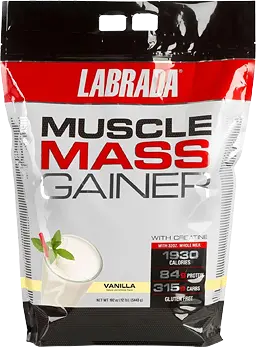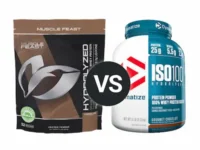Knowledge BaseYou're Questions Answered
Is whey hydrolysate lactose free?
Whey protein, a staple in the fitness and nutrition world, is available in various forms, each differing in processing and composition. The three primary types are whey concentrate, whey isolate, and whey hydrolysate. Understanding the differences in processing and lactose content among these types is crucial for individuals with lactose sensitivity.
Whey hydrolysate, or hydrolyzed whey, is the most processed form among the three. It undergoes hydrolysis, a process that breaks down the protein into smaller peptides, making it easier to digest. This extensive processing also affects its lactose content. Lactose is the primary carbohydrate in milk and can be problematic for those with lactose intolerance.
Contrary to some beliefs, hydrolysis does not completely remove lactose from whey. However, due to the extensive processing involved in making whey hydrolysate, it typically contains less lactose than whey concentrate and is often lower in lactose than whey isolate. A study in the "Journal of Dairy Science" highlighted that the degree of hydrolysis and filtration significantly impacts the lactose content in whey hydrolysate, often reducing it (Smithers et al., 2008).
For individuals with lactose intolerance, it's important to note that while whey hydrolysate is not guaranteed to be lactose-free, it's generally more suitable than other whey forms due to its lower lactose content. However, lactose levels can vary between products, so it's advisable to check nutritional labels. For those seeking a lactose-free option, certain specialized whey isolates and other non-dairy protein supplements might be more appropriate.
In summary, whey hydrolysate, being the most processed form of whey, often has a reduced lactose content, making it a potentially better option for those with lactose sensitivity, though not completely lactose-free.
- Smithers, G. W., et al. (2008). Whey protein hydrolysates: The new dairy ingredient. Journal of Dairy Science, 91(3), 823-832.
Related Questions
Related Reviews

Your Answer
We are a participant in the Amazon Services LLC Associates Program, an affiliate advertising program designed to provide a means for us to earn fees by linking to Amazon.com and affiliated sites.



